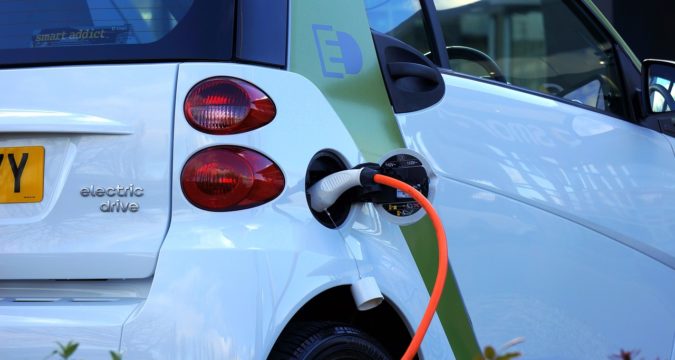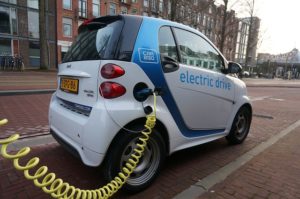
The global shift towards sustainable transportation, epitomized by the growing popularity of electric vehicles (EVs), has garnered significant attention in recent years. However, while many developed nations are swiftly adopting EVs as a means to reduce carbon emissions and combat climate change, some third-world countries remain hesitant to embrace this technological transition fully. The skepticism surrounding electric vehicles in these regions stems from a complex interplay of economic, infrastructural, and socio-cultural factors. Let’s delve into why some third-world countries are cautious about the widespread adoption of electric vehicles:
High Initial Costs and Affordability Concerns
 One of the primary barriers to the adoption of electric vehicles in third-world countries is the high upfront costs associated with purchasing EVs. While EV technology has become more accessible and affordable in developed nations, the price of electric vehicles remains prohibitive for many individuals and households in third-world countries. The affordability gap between electric and conventional vehicles poses a significant hurdle for widespread adoption, especially in regions where disposable incomes are limited and economic disparities are prevalent.
One of the primary barriers to the adoption of electric vehicles in third-world countries is the high upfront costs associated with purchasing EVs. While EV technology has become more accessible and affordable in developed nations, the price of electric vehicles remains prohibitive for many individuals and households in third-world countries. The affordability gap between electric and conventional vehicles poses a significant hurdle for widespread adoption, especially in regions where disposable incomes are limited and economic disparities are prevalent.
Limited Infrastructure for EV Charging
The successful integration of EVs into any transportation system relies heavily on the presence of robust charging infrastructure. However, many third-world countries lack adequate infrastructure to support widespread EV adoption. The scarcity of charging stations undermines the practicality and convenience of owning an electric vehicle. Without a comprehensive charging infrastructure network, potential EV owners may be deterred by concerns about range worries and the availability of charging stations during long journeys.
Challenges with Electricity Supply and Grid Reliability
The reliability and availability of electricity supply pose significant challenges to the adoption of EVs in third-world countries. Many regions grapple with frequent power outages, voltage fluctuations, and inadequate grid infrastructure, which undermine the feasibility of widespread EV charging. In such contexts, the prospect of relying on electric vehicles as a main mode of transportation may seem precarious, as drivers may be hesitant to invest in vehicles that depend on an unstable or unreliable electricity supply.
Limited Access to Financing and Incentives
Access to financing and government incentives can play a huge role in promoting the adoption of electric vehicles. However, in many third-world countries, access to affordable financing options for purchasing EVs is limited, and government incentives for electric vehicle adoption may be scarce or insufficient. Without financial support mechanisms in place to make EVs more accessible and attractive to consumers, the transition toward sustainable transportation may remain elusive for many individuals and businesses in these regions.

Cultural Perceptions and Preferences
Cultural attitudes and perceptions towards transportation modes also influence the adoption of electric vehicles in third-world countries. In some regions, there may be a cultural preference for conventional gasoline or diesel vehicles rooted in familiarity, perceived reliability, and status symbolism. Electric vehicles may be perceived as novel or unfamiliar, leading to skepticism or resistance to change among certain segments of the population. Overcoming cultural barriers and fostering acceptance of electric vehicles may require targeted education and awareness campaigns tailored to local contexts.
Concerns about Technological Dependence and Maintenance
Some third-world countries may harbor concerns about the dependence on foreign technology and expertise associated with electric vehicles. The reliance on imported components, specialized maintenance requirements, and potential technological obsolescence may raise apprehensions about the long-term sustainability and affordability of electric vehicle ownership. Addressing these concerns entails developing local expertise, fostering domestic manufacturing capabilities, and ensuring adequate technical support infrastructure for electric vehicles.
Conclusion
Skepticism surrounding electric vehicles in some third-world countries reflects a confluence of economic, infrastructural, and socio-cultural challenges. Overcoming these limitations requires a multifaceted approach that addresses affordability, infrastructure development, electricity supply reliability, financing accessibility, cultural perceptions, and technological concerns. By strategically addressing these challenges and promoting the benefits of electric mobility, policymakers, industry stakeholders, and advocacy teams can pave the way for a more sustainable and inclusive transportation future in third-world countries.



